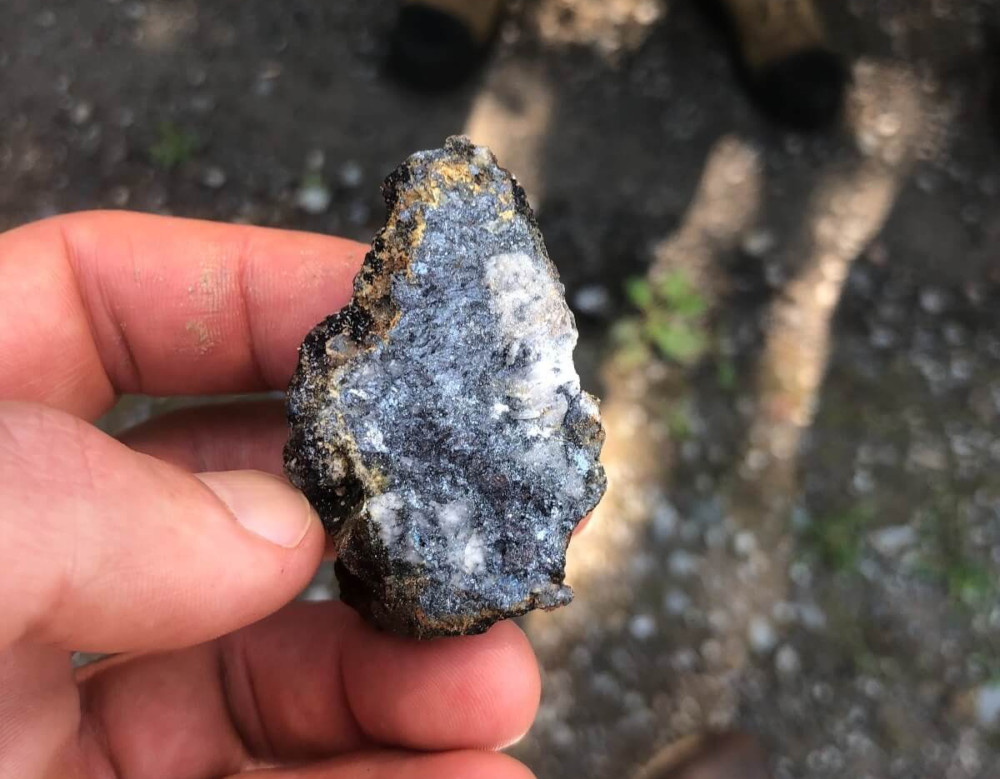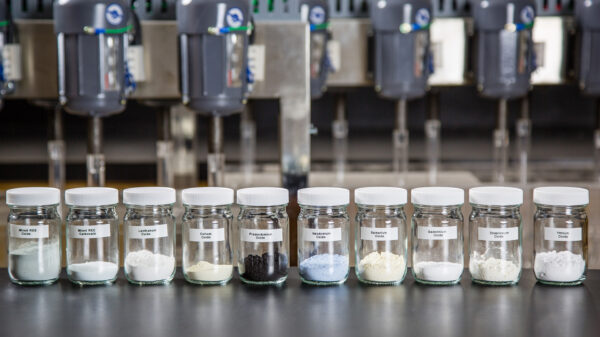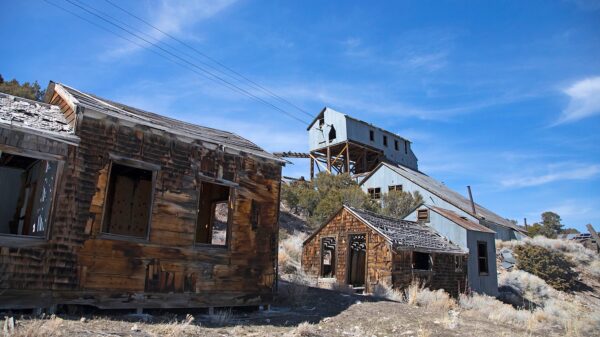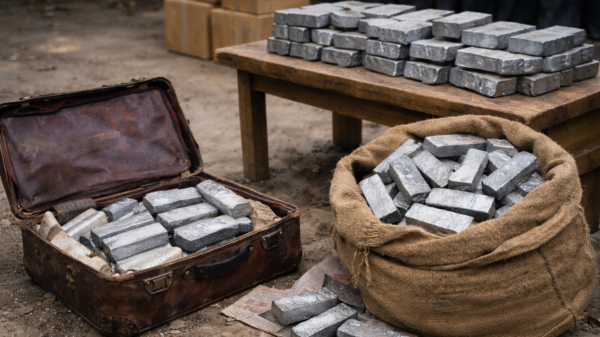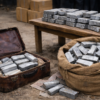Military Metals Corp. (CNSX: MILI) (OTCMKTS: MILIF) (FSE: QN90) has begun a 10-hole, 2,500-metre drilling program at its 100 per cent owned Trojarová Antimony-Gold Project in Slovakia.
The campaign, which marks a major milestone for the company, aims to verify earlier drilling data and expand the known mineralized zones of this key European critical metals asset.
Seven of the 10 diamond drill holes will confirm historic exploration results and support an updated mineral resource estimate being prepared by SLR Consulting. Furthermore, the remaining three holes will test the deposit’s northwest continuity, where modelling indicates higher antimony grades and thicker mineralization. Additionally, the company expects this work to help complete a modern resource estimate by early 2026.
Chief executive officer Scott Eldridge said the campaign represents a major step toward establishing Trojarová as a cornerstone project for Military Metals. He noted that the results will help finalize the first modern mineral resource estimate for the property and serve as a foundation for future development. Eldridge also emphasized the project’s strategic importance in securing critical mineral supplies within Europe’s borders.
The Trojarová Project, located in central Slovakia, has a long history of exploration. Discovered nearly fifty years ago, it was heavily explored between 1983 and 1995, when state-led programs completed 63 diamond drill holes totalling more than 14,000 metres, along with 1.7 kilometres of underground development. Those efforts culminated in a 1992 historical mineral resource estimate published by the Slovak Geological Institute.
Read more: NevGold edges closer to gold-antimony resource with latest Limousine Butte results
Read more: NevGold targets U.S. critical mineral supply chain with new antimony-gold find
Preliminary modelling shows increasing antimony grades
At that time, the deposit was reported to host 2.46 million tonnes grading 2.47 per cent antimony and 0.635 grams per tonne gold, using a one per cent antimony cut-off. The mineralized zone averaged 3.32 metres wide and contained an estimated 60,000 tonnes of antimony in situ. However, the classification system used then followed the Slovak adaptation of the Russian “P1” category, roughly equivalent to the “Inferred” category under today’s Canadian Institute of Mining (CIM) standards.
Because no qualified person has yet verified the data, the company is not treating the historical estimate as current. The company intends the new drill campaign to bridge that gap. By confirming earlier results and testing new extensions, Military Metals intends to bring the deposit in line with modern reporting standards.
Preliminary modelling by SLR Consulting indicates a potential thickening of the deposit and increasing antimony grades toward the northwest. Consequently, Military Metals has positioned three of the 10 holes to evaluate this zone’s potential expansion. If successful, the program could significantly increase both the tonnage and grade of Trojarová’s resource base.
Antimony, a key component in flame retardants, alloys, and advanced battery technologies, has become a priority critical mineral for Western supply chains. Europe currently relies heavily on imports, primarily from China, for its antimony needs. As a result, domestic production in regions like Slovakia could play a vital role in meeting future demand.
Military Metals’ management believes that Trojarová’s combination of antimony and gold mineralization makes it a uniquely strategic project. The dual-commodity profile could enhance economic flexibility and provide an additional hedge against commodity price fluctuations.
Read more: NevGold Expands Gold-Antimony Potential at Limousine Butte in Nevada
Read more: GoldMining chooses to retain its NevGold shares for next 18 months
Antimony in high demand
Antimony is a metallic element used mainly in flame retardants, lead alloys, and several industrial and defense applications. About 40 per cent of United States demand comes from flame-retardant systems, while another 36 per cent supports metal products, including batteries and ammunition.
The United States currently has no domestic mine production of antimony and relies almost entirely on imports, primarily from China.
Its value lies in its classification as a critical mineral. Antimony is vital for manufacturing, defense, and emerging technologies such as semiconductors and energy storage. Consequently, securing a reliable antimony supply has become a strategic goal for the United States government.
One potential solution to strengthen domestic production of antimony and other critical minerals is the FAST-41 program. The government designed this initiative under Title 41 of the Fixing America’s Surface Transportation Act. The FAST-41 program further accelerates federal permitting and improve coordination for large infrastructure and mining projects.
Qualification includes exceeding an investment threshold of roughly USD$200 million and pass a National Environmental Policy Act review. Once approved, companies gain access to the Federal Permitting Dashboard, where agencies coordinate schedules and track progress to ensure more predictable timelines.
The Graphite Creek Project, operated by Graphite One Inc. (CVE: GPH) received acceptance in 2025.
Looking forward, companies developing gold-antimony or other critical mineral deposits could also benefit from FAST-41 designation. For instance, NevGold Corp (CVE: NAU) (OTCMKTS: NAUFF) (FRA: 5E50) in Nevada continues to advance its Limousine Butte Project, where recent drill results revealed significant antimony alongside strong gold grades.
.
NevGold Corp is a sponsor of Mugglehead news coverage
.

